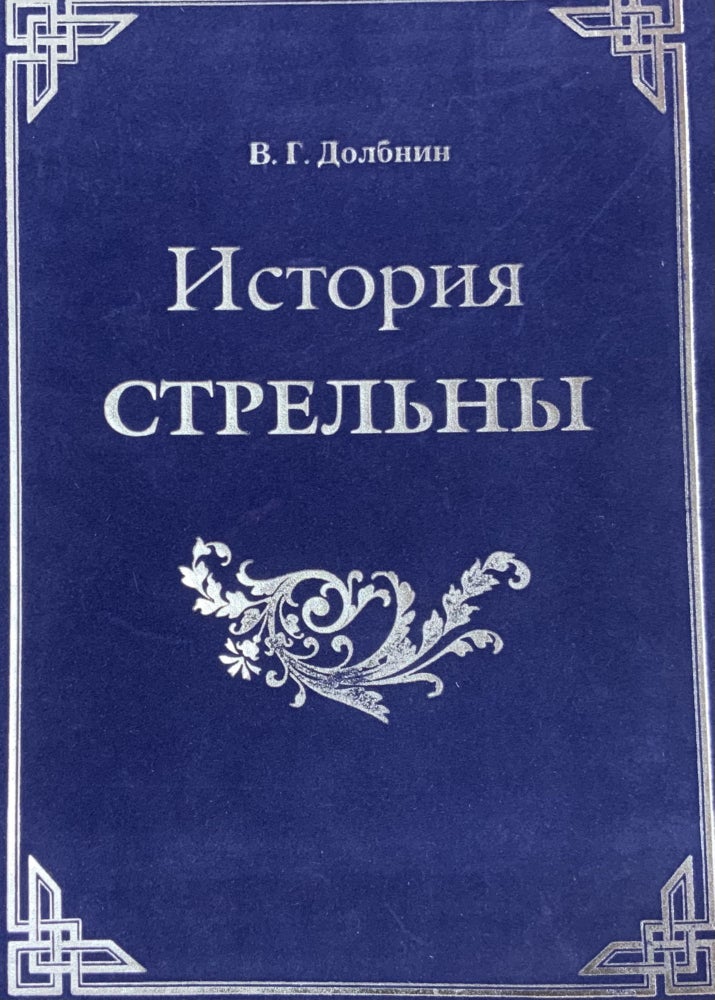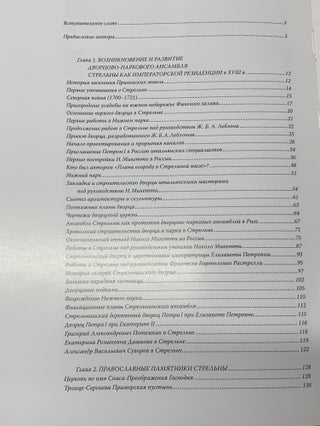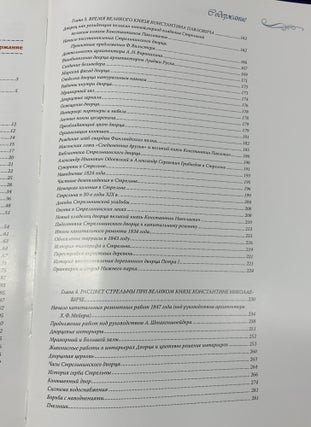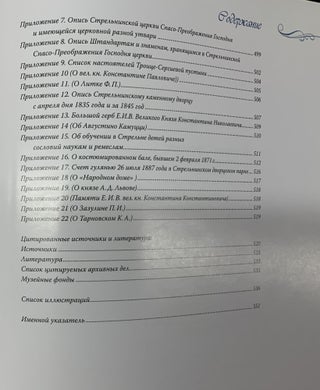Istoriia Strel’ny: dvortsovo-parkovyi ansambl’, Troitse-Sergieva pustyn’, mosty i kanaly (History of Strel’na: The Palace and Park Ensemlbe, Trinity St. Sergius, Bridges and Canals); : - , - ,
St. Petersburg: Veda, 2007. Sewn cl. The author’s years of research and skillful use of visual documents, many published for the first time, enable him to reconstruct each stage of Strel’na’s complex history. The early eighteenth century saw grand visions of palaces outside the new imperial capital of St. Petersburg, and the design of the buildings and landscape architecture of Strel’na began ambitiously: Le Blond’s designs for Strel’na of 1717 introduced French regular gardens to Russia, and the Italian architect Micetti drew plans for an enormous palace. The fortunes of construction followed those of the palace’s patrons, and after the death of Peter the Great in 1725, the work came to a stop. It was resumed by Rastrelli in the middle of the eighteenth century, but again without being completed. When it became the property of Emperor Paul’s son Grand Duke Konstantin there was another surge of activity, this time headed by the Russian architect Voronikhin and the Swiss architect L. Ruska. A generation later, when the palace passed to Grand Duke Konstantin Nikolaevich, another major architect, Shtakenschneider had a hand in shaping the ensemble, restoring and creating anew in the 1840s and 50s. The author follows the course of the palace’s history through the 1917 revolution, World War II, and the current period of restoration, demonstrating in the process the extent to which architectural history and biography are intertwined. 570 pp., 9 x 12 ins., approx. 150 b-&-w illus., 200 color, sewn cl., Rus. Item #4300
ISBN: 9785903297047
Price: $112.00




